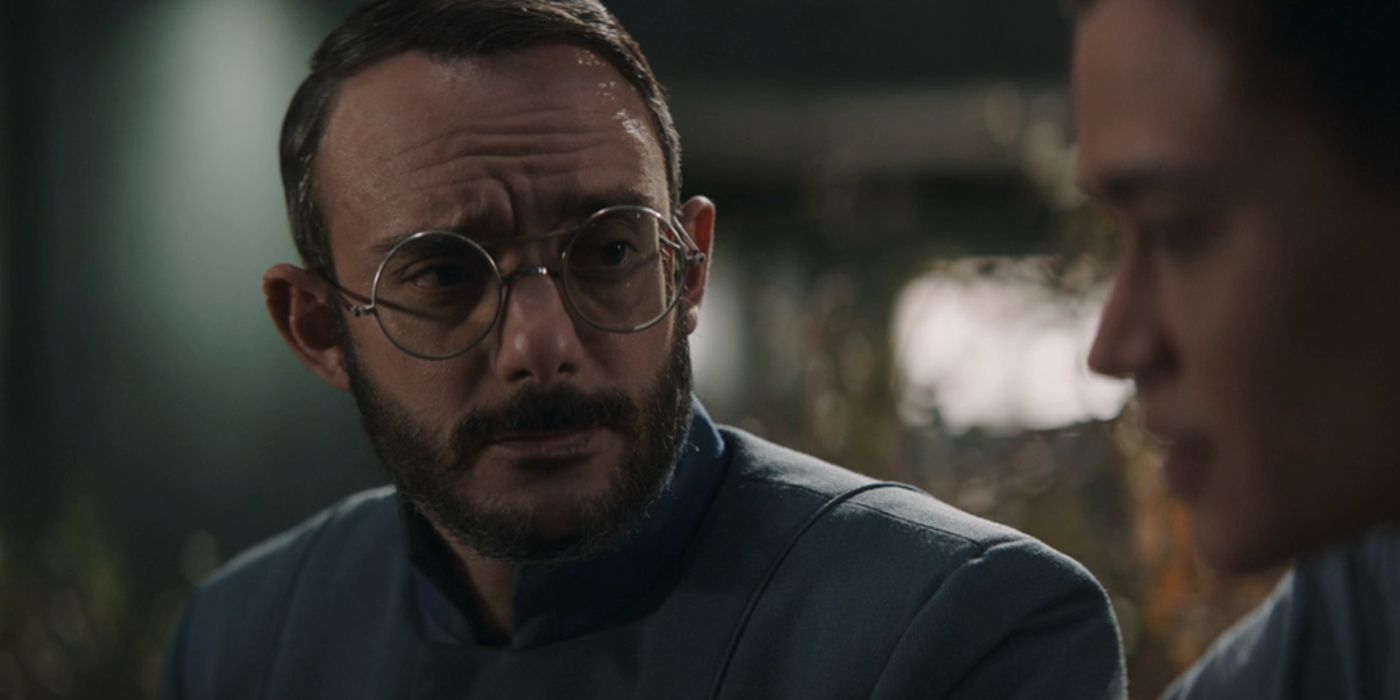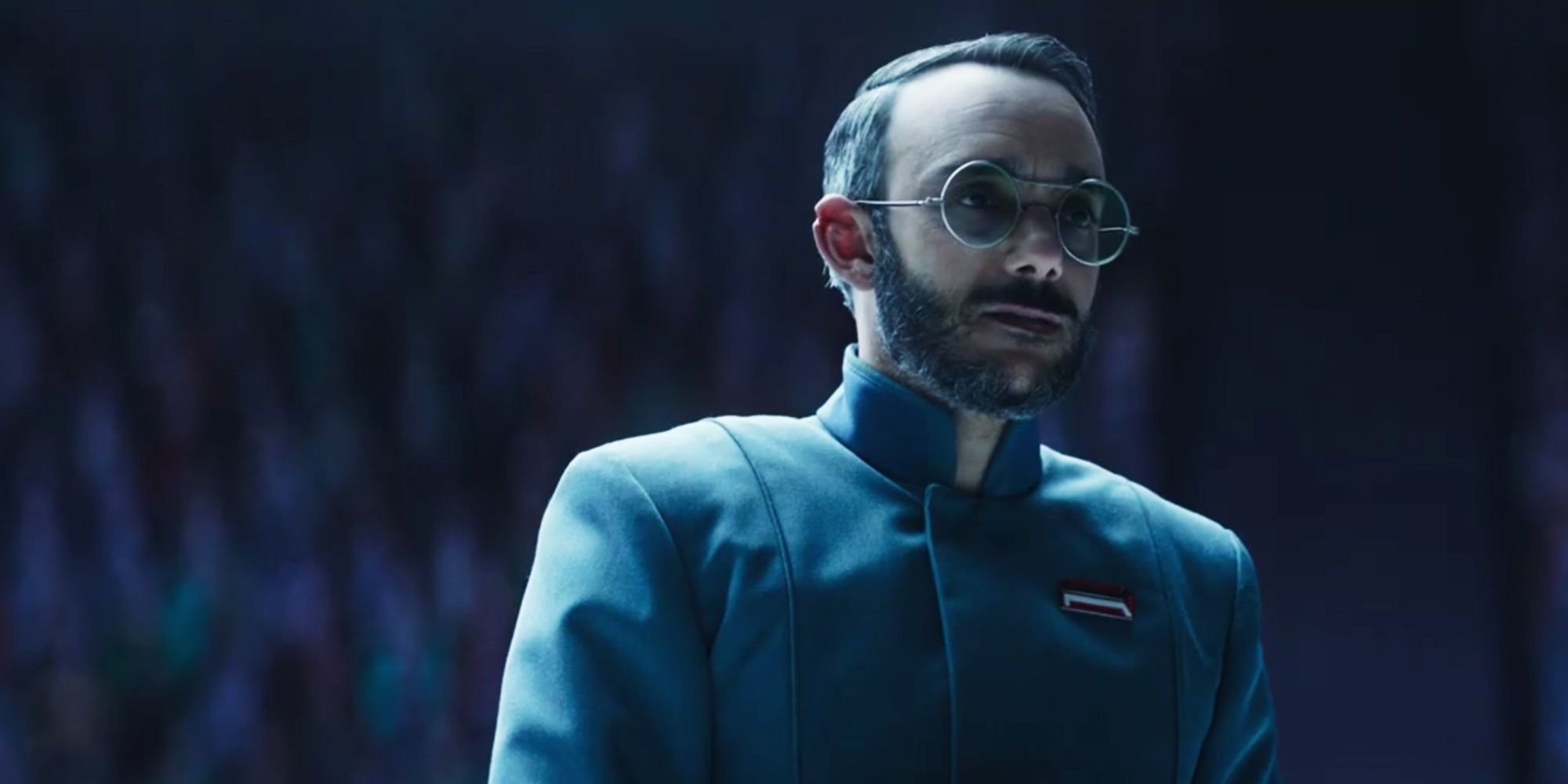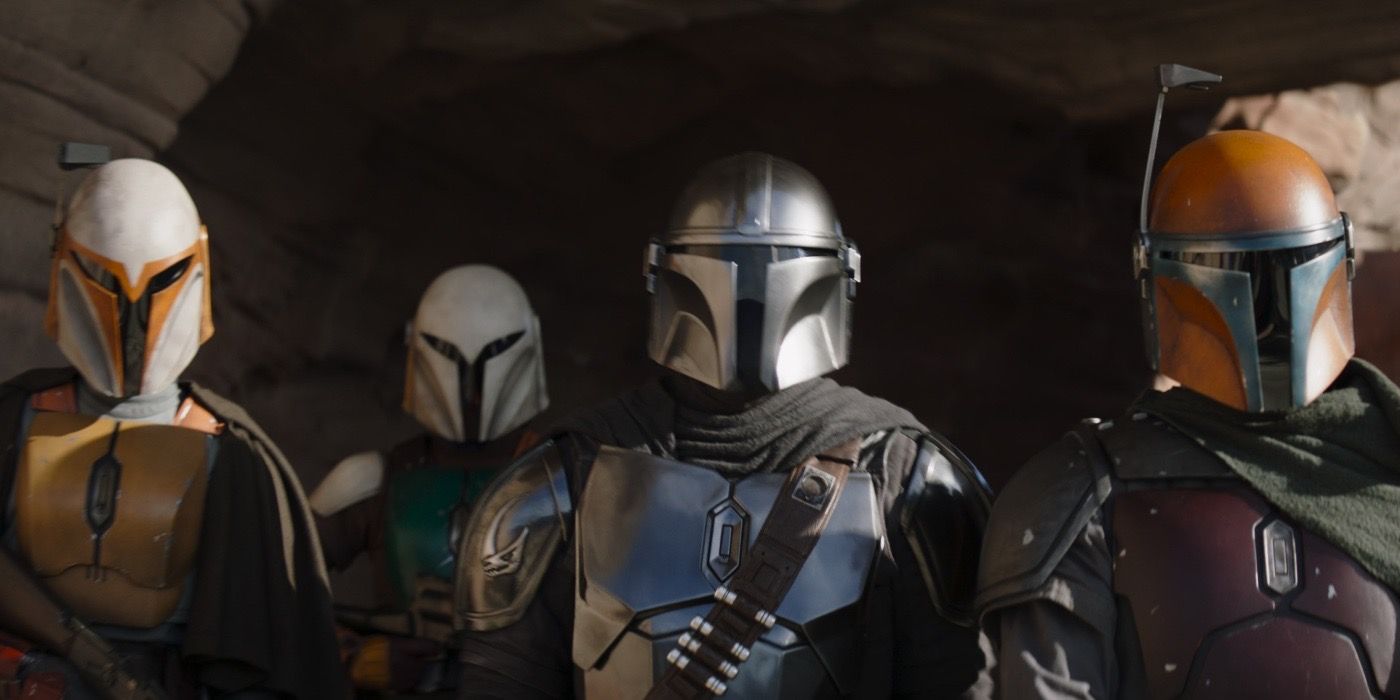This article contains spoilers for The Mandalorian season 3, episode 3.The Mandalorian follows Andor's lead in drawing striking real-world parallels. It's easy for modern viewers to forget that Star Wars has always been political. George Lucas drew on the Vietnam War when he came up with the idea of a military imperial complex going up against a group of plucky rebels - and it's striking that, in this interpretation, the United States stands as the Empire. Back in 1981, George Lucas was asked whether the Emperor was a fallen Jedi, and he gave a startling answer. "No, he was a politician," Lucas observed, "Richard M. Nixon was his name. He subverted the senate and finally took over and became an imperial guy and he was really evil. But he pretended to be a really nice guy."
Andor learned from Lucas' prequel trilogy mistakes, using galactic politics to tell a surprisingly tense story in which the political imagery felt raw and uncomfortable. This approach was hardly a secret, with cast and crew openly discussing it as part of the Disney+ TV show's marketing. Actress Fiona Shaw (Maarva Andor) openly called Tony Gilroy's script "a great, scurrilous [take] on the Trumpian world." The Mandalorian follows this trend, with an increasingly visible political leaning. While the primary imagery is historical, it still has profound implications for the present day.
The Mandalorian Is Portraying The Empire As Nazis With Its Dr. Pershing Plot
While most episodes of The Mandalorian are focused on Din Djarin, that is not the case with season 3, episode 3. The bulk of the episode is set on the former galactic capital of Coruscant, where Dr. Pershing (Omid Abtahi) - a former Imperial scientist - celebrates his participation in the New Republic Amnesty Program. This program was explored in detail in Alexander Freed's "Alphabet Squadron" trilogy, and it's inspired by the real-world treatment of the Nazis. The Disney+ TV show makes the idea even more explicit by using a scientist as the focus.
In the real world, Operation: Paperclip was a secret U.S. project that ran from 1945 to 1959. This was not truly done for redemptive purposes; it was done to secure military and scientific advantage in the Cold War. Over 1,600 German scientists, engineers, and technicians were brought to the United States under Operation: Paperclip.It proved extremely controversial, not least because of the scientists' links to the Nazi Party. The Nazis inspired many Star Wars villains, but the use of an Operation: Paperclip parallel is particularly on the nose.
Star Wars is drawing the same analogy as the Marvel Cinematic Universe, in which the Hydra splinter group called Hydra took advantage of Operation: Paperclip to infiltrate the U.S. political, military, and espionage communities. What is striking, though, is that both the MCU and Star Wars are portraying compromise with the Nazis as a mistake. In The Mandalorian season 3, it is notable that the Republic Amnesty Program isn't happening in secret - rather, it's in plain sight. The Imperial loyalties seen in this episode will not wane, but rather will ultimately destroy the New Republic.
The Fate Of The Mandalorians Draws On The Real-World Jewish Diaspora
The explicit Imperial/Nazi parallels are so very appropriate in The Mandalorian, given there have always been such strong comparisons between the Mandalorians and the Jewish diaspora. The Mandalorian season 3's Jewish references have been more explicit than ever; episode 1 even featured an inscription from the Old Testament, from Exodus 10: 5-6, which speak of a promised deliverer who will restore the homeland. Din Djarin has described the Mandalorians scattered like stars in the galaxy, a poetic analogy evocative of the common diaspora image of seeds blowing in the wind. In The Mandalorian episode 3, he changed his terminology, now referring to the Mandalorians as "exiles" - another important historic term.
A conflict is brewing between the Mandalorians and the Empire, and the political imagery being deployed by The Mandalorian gives it a deeper significance. The Empire has attempted to destroy the Mandalorians, and continues to do so, even bombing the traditional fortress of Bo-Katan and House Kryze. It's complex imagery, to be sure, handled in a fairly inconsistent manner, but it carries tremendous power - including in the present day.
New episodes of The Mandalorian release Wednesdays on Disney+.



